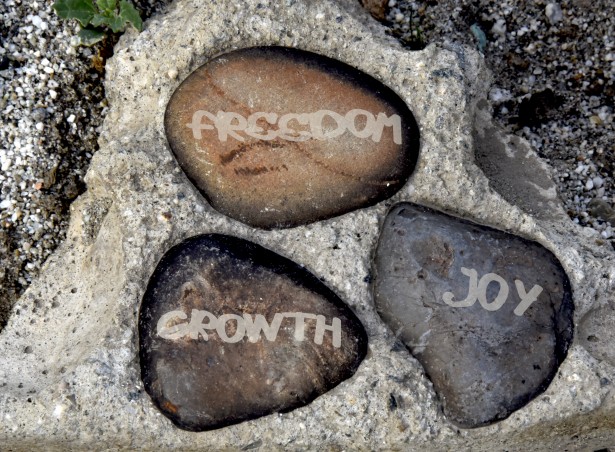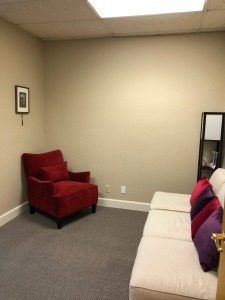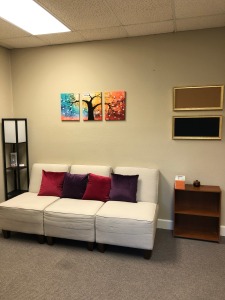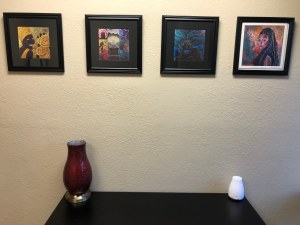Identifying and finding joy sounds like such a strange concept when one continues to struggle with the impact of pressure from society, oppression or the symptoms of depression. Joy itself is one of those concepts that seems unattainable, vague and even nonexistent.

Yet working towards homeostasis pushes us to find ways to balance out the experiences we endure that tend to hold us in spaces of despair, sadness, worry, anxiety or confusion. So what is joy and how to we find it when it is happening?
According to the basic definition of the Merriam-Webster dictionary, joy is “the emotion evoked by well-being, success, or good fortune or by the prospect of possessing what one desires; the expression or exhibition of such emotion; a state of happiness or felicity; a source or cause of delight”.
For many people joy feels unreal as experiences of despair seems to be the norm within so many of our communities, on the news and in the world. The struggle to connect with experiences that enhance our threads of happiness or purpose can add to the already overwhelming feeling of disconnect; thus making the path to identifying joy happening around us feel complicated.
The attempt to identify joy does not negate the experience of complication yet mindfulness around it can add to one’s tool box in useful ways. Once we see opportunities for joy we can cultivate those in small ways to bring an increased sense of balance.
Cognitive Behavioral Therapy reinforces a concept of infinite possibilities, the understanding that many things are possible at the present moment and future. It is the understanding that a myriad of things can be true at any given time, that one aspect of reality doesn’t exist in isolation. Stretching to see outside of our immediate experiences to identify additional opportunities of connection supports the ability to be present in the moment. A person can be exhausted, depressed, overwhelmed and also have moments of joy and connection.
So how do we connect to moments of joy while also experiencing overwhelm or exhaustion? This is often the position people are negotiating when looking to shift the way that they are feelings or experiencing life, and it can be important to note that there can be a type of pressure associated with this as well. Too often there are expectations in our families, society or even within one’s self around just “feeling better” when one is struggling with feelings of depression, anxiety or even despair.
Negotiating all of these elements are not a exact science and there is no right way to approach a need for rebalancing, but there are some small exercises that can support next steps.
Here are some prompts to explore in moving into the present moment of identifying joy and creating more balance towards homeostasis:
- What things make you smile?
- What thing are going right in this moment? What successes are happening for you at this moment?
- Take a moment to connect with things that you are grateful for.
- What things make you feel present? Makes you want to breathe in the moment?
- What activities bring you more into your body?
- When is the last time you smelled the flowers, felt the breeze on your face, heard the birds chirping?
- What music or songs bring you good thoughts, excitement, memories or comfort?
- What cultural, spiritual, or family traditions bring you feelings of comfort, excitement, or happiness?
- How are you engaging in mindfulness practices and what activities can you increase to be more present and connected to things around you?
- When is the last time you have given yourself permission to embrace the things that bring you joy?
- How can you lean into your passions and identify with your current dreams.
As we all move into a space of reinforcing balance and joy, increasing opportunities to engage in the present moment can be essential. While moments of joy, happiness or presence doesn’t not erase our challenges or despair, it can give a chance to reset the balance button. And sometimes we need to reset that re-balance button multiple times throughout the day.
Be well.








